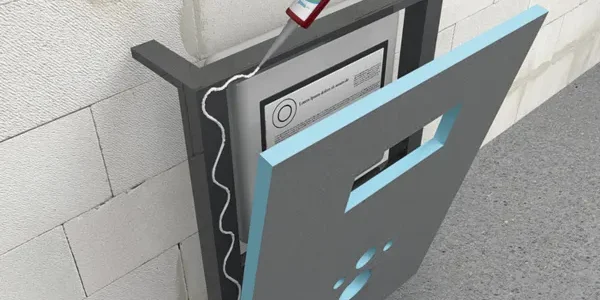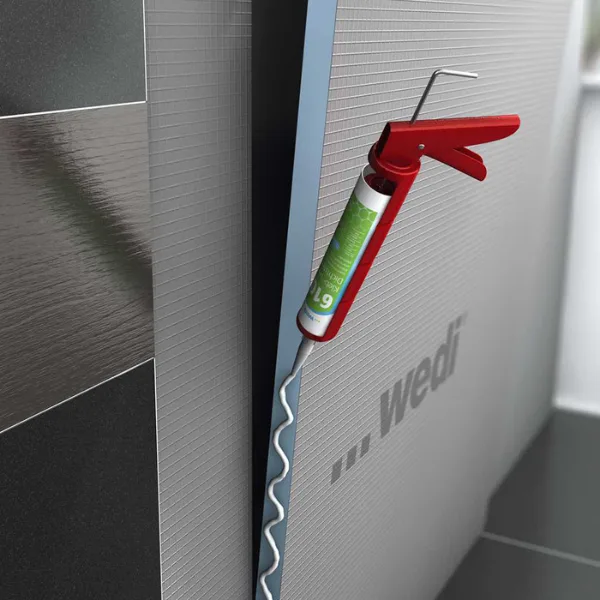In Iraq, the use of masonry has been a cornerstone of construction for generations. However, as the demand for more innovative, cost-effective, and efficient building materials grows, it’s important to explore new options that offer both durability and flexibility. This is where Wedi boards come into play.

What Are Wedi Boards?
Wedi boards are advanced building materials made from high-quality cement and a foam core. These boards are waterproof, highly resistant to damage, and easy to install, making them an excellent alternative to traditional masonry products. Wedi boards are typically used for walls, floors, and ceilings, offering versatility in both residential and commercial projects.
How Wedi Boards Benefit the Iraqi Market
- Enhanced Durability: Traditional masonry can be prone to cracking over time due to the harsh Iraqi climate. Wedi boards are designed to withstand temperature fluctuations and humidity, ensuring that buildings remain stable and durable for years.
- Time-Saving Installation: Unlike masonry, which requires multiple layers and long curing times, Wedi boards are quick to install, significantly reducing labor costs and speeding up construction timelines.
- Waterproof and Mold-Resistant: The unique composition of Wedi boards makes them highly resistant to water damage, an essential feature in Iraq’s varying climate. They are also resistant to mold and mildew, ensuring the longevity and health of the building.
- Energy Efficiency: With Wedi boards, you can improve the energy efficiency of your building. The thermal insulation properties of these boards help keep temperatures regulated, reducing energy consumption and costs.

The Future of Construction in Iraq
By adopting Wedi boards in construction, Iraqi builders can stay ahead of the curve and ensure that their projects meet international standards for quality and durability. These boards are not just a trend; they represent a shift towards more sustainable, efficient, and reliable building practices that can support Iraq’s growing urban development.
